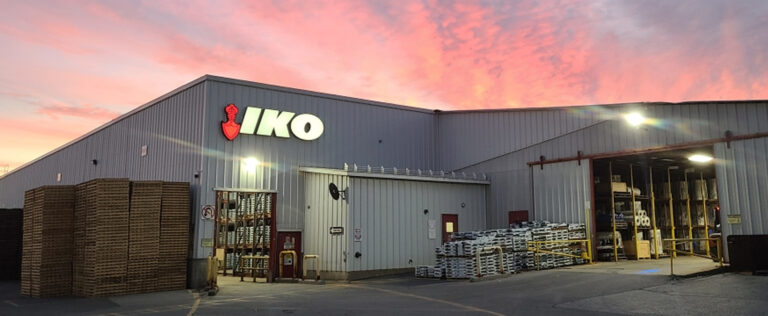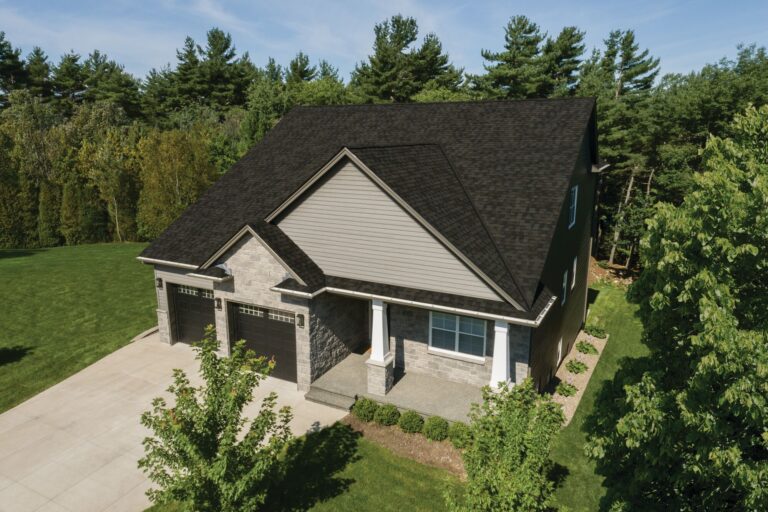The Roofs of Ancient Cultures
Table of Contents:
- The Roofs of Ancient Greece
- Ancient Greek Temple Roofs
- Ancient Chinese Roofs
- Ancient Persian Roofing
- Roofing in Ancient Egypt
- The Importance of Ancient Roofing
Since ancient times humans have had to find ways to protect their homes and valuables from the elements with a roof. While most Paleolithic or prehistoric people made huts and tents from reeds, wood, or animal hides, once culture came along, roofs began to change. There was no single ancient roof design. Instead, different cultures had different environmental challenges and different materials they could use to meet those challenges.
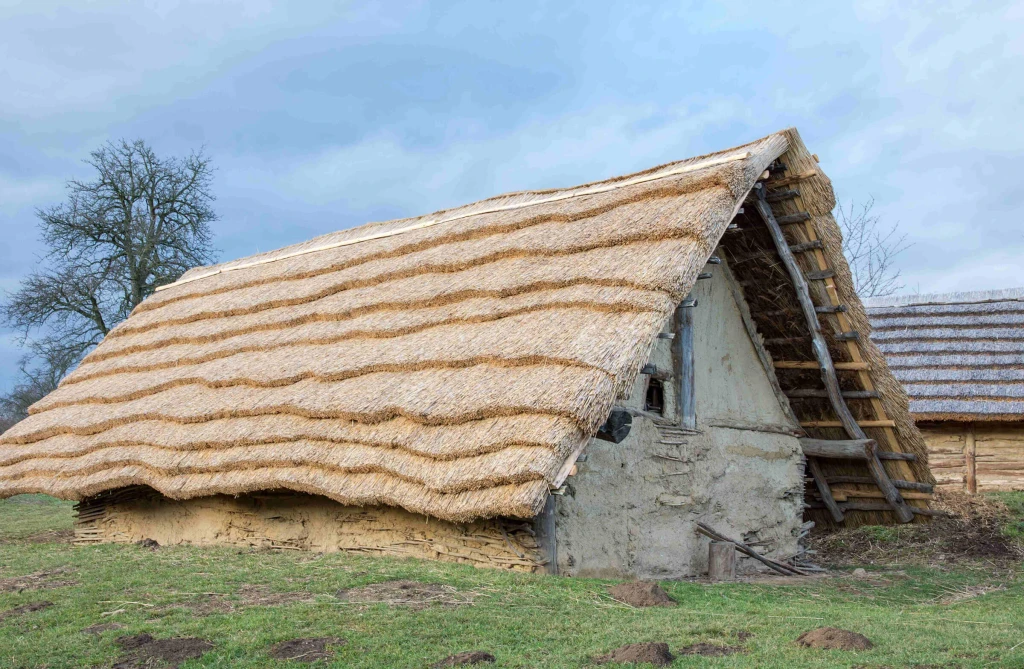
Ancient civilizations discovered new building materials to use for their walls, which could support heavier roofs in new shapes. Some ancient people invented new technologies that could support domed roofs. Others began to use the roof as a living space as well as protection from the elements.
Ancient roof construction was not just about technological progress. Roofs also frequently reflected the cultural values of the civilization, especially those roofs on public buildings like temples. While some cultures made their roofs into effigies of their gods and leaders, other cultures used roofs to communicate their stories and myths.
Join us to explore the roofs of ancient civilizations, including Greek, Chinese, Persian and Egyptian.
The Roofs of Ancient Greece
The prehistoric Greeks used thatch roofs with overhanging eaves, supported by dried clay bricks. The eaves were long enough that they could protect the mud bricks from the rain.
Once the Greeks began to use stone, the walls of their homes were strong enough to support heavier roof materials. Plus, as Greek civilization grew, the risk from fires on thatched roofs became more of a concern. Somewhere between 700 and 650 B.C., the ancient Greeks developed roofing tiles. These were fired clay tiles that were less flammable than thatch. The style of overhanging eaves also disappeared, as stone walls didn’t need protection from the rain.
Ancient Clay Roofs: Imbrex and Tegula
Roofing tiles came in two shapes to make a complete and relatively waterproof roofing system called imbrex and tegula (the name was developed later by the Romans). One roofing tile was a flat, square tile called “imbrex”. The other was a smaller curved piece called “tegula.” Imagine a half-pipe that could fit in the palm of your hand, and you have the general shape of the tegula tile.
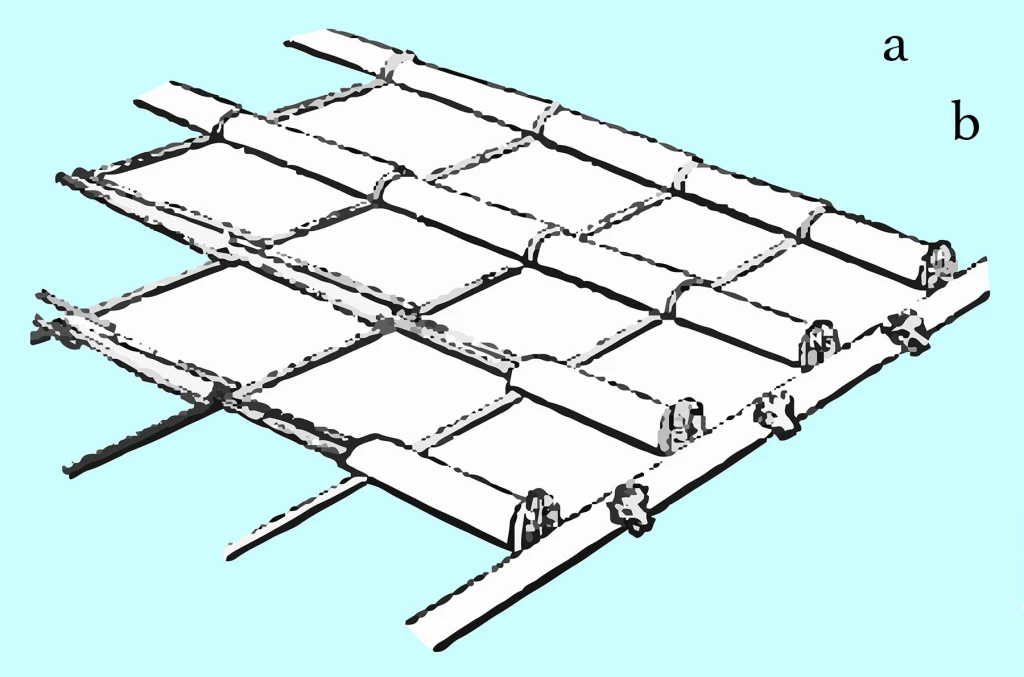
The Greeks laid down tegula tiles and used the tegula imbrex tiles to cover the joint between them. Water would fall on the curved tiles and roll off onto the imbrex tiles, and then down the roof and into the gutters. Tegula tiles ran vertically down the roof so that they did not get in the way of draining water.
At the edges of the roof, the Greeks laid antefixae tiles to finish the roof off. Whether on rich homes or public buildings, these tiles were sometimes carved with ornamentation.
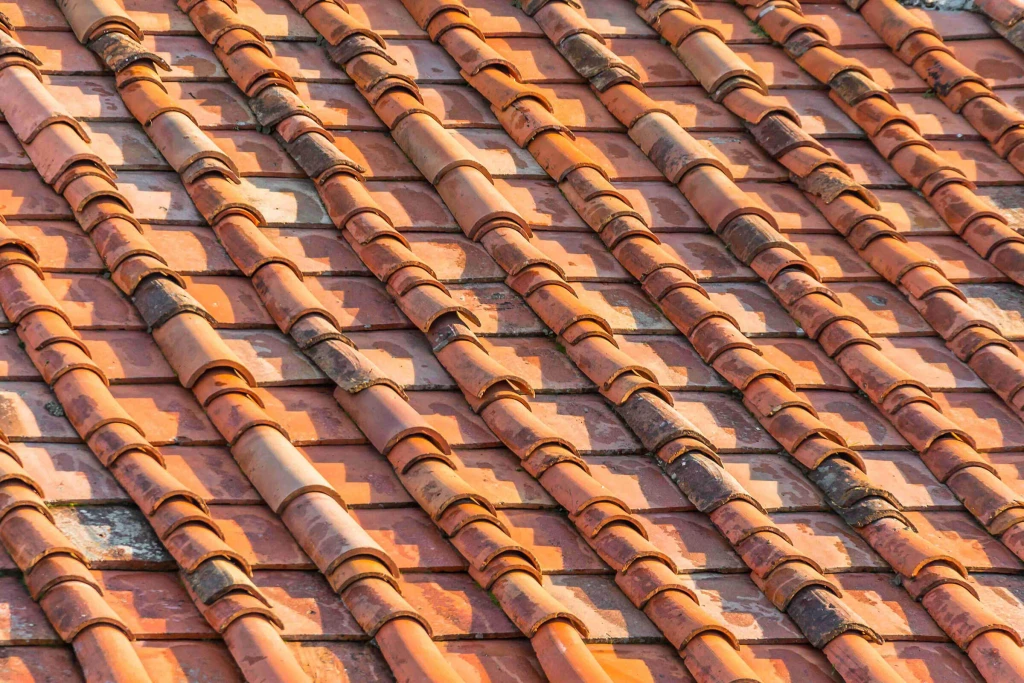
The Greeks improved on this roofing system as time went on. Eventually, they discovered that the flat tiles were more effective when curved upwards slightly on the edges beneath the tegula or curved tile. These raised ends prevented water from seeping beneath the tegula tiles. The Greeks also added ridges on the back of the flat tiles to make them easier to hang on the roof.
Ancient Roman roofing developed from ancient Greek roofing. The Romans ended up using this same imbrex and tegula system, but made it more elaborate and decorative.
Ancient Greek Temple Roofs
The ancient Greeks also built public buildings, such as temples, with larger and more elaborate roofs. These roofs had almost exclusively the same shape. They were simple gable roofs with one long ridge. In the Ionian period, the roofs had a 15-degree slope.
Greece had access to marble, and it was the people’s material of choice when they could afford to use it. Marble roofing tiles could be made much larger than clay tiles, which made constructing larger buildings simpler. Therefore, the largest temples, such as the Temple of Zeus, had marble roofing tiles.
The triangular gable on ancient Greek buildings is called the pediment. In ancient Greek architecture, the roof pediment was used for decoration. On ancient temples, the pediments were often elaborately carved with scenes of battles or gods interacting with one another. For example, the Temple of Zeus (built in the Doric period and completed in 456 B.C.), has images of a chariot race, several gods and the 12 Labors of Heracles. The Greeks originally painted these carvings with vibrant colors.
Below is an illustration of what the temple might have looked like, as drawn by Wilhelm Lübke.
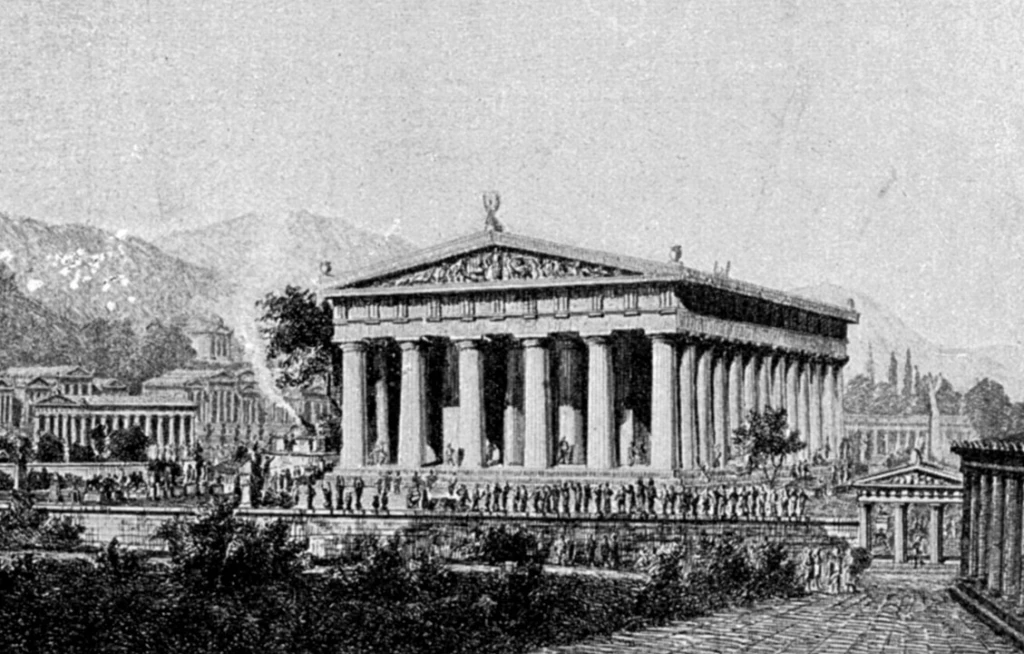
Many ancient Roman temple roofs were modeled after this Greek style. The Romans had more sophisticated building techniques and access to better materials (such as concrete). However, aesthetically, many of their buildings look as though they could have been built in ancient Greece.
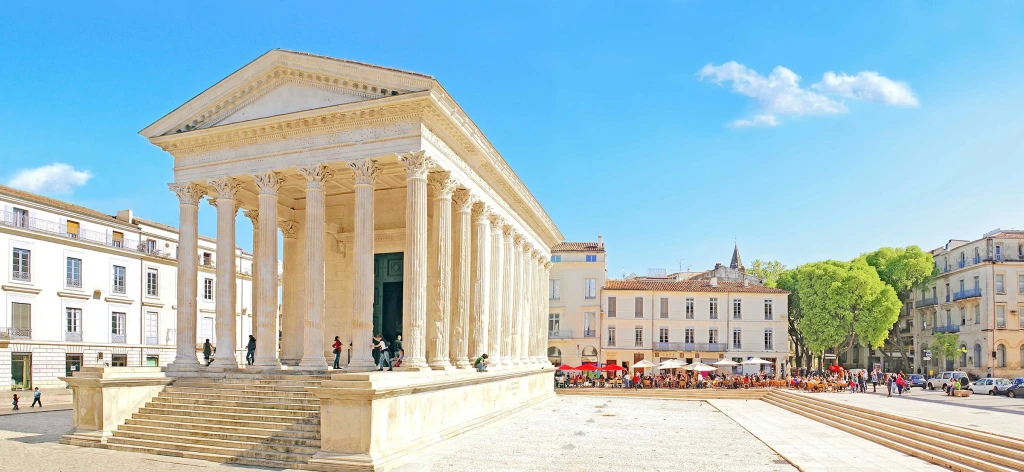
For example, this is the Maison Carrée, built by the Romans in 4-7 B.C., in what is now France. While the French government has restored the temple several times, it still has its original ancient Roman roof.
Such Roman examples are important to illustrate the neoclassical style because almost no ancient Greek temple ruins have an intact roof. While the marble columns are somewhat intact, the roofs have fallen in. They were originally supported with wooden lintels, which have rotted away over the centuries. Or the roofs may have collapsed for other reasons. The Temple of Zeus specifically collapsed first due to a fire and then an earthquake.
Ancient Chinese Roofs
Chinese civilization developed along the Yellow River and on the banks of other major rivers in the area. The civilization’s early roofs were made of thatch and supported by wood walls, like the homes of many early civilizations. However, the Chinese soon gained access to stone and brick as building materials. They then invented clay roofing tiles in the Zhou Dynasty (1046-256 B.C.).
Ancient Chinese roof construction required both curved and flat roofing tiles. Flat tiles were used for the bulk of the roof, and curved tiles were used at the eaves. Eave tiles had rounded tops that could be decorated with various patterns, or they were cut triangularly to help water drain.
Tiles were prone to cracking and would leak if they did. Therefore, builders overlaid the tiles so that if one cracked, the other could still resist water. As time passed, the Chinese improved on their system by increasing the amount of overlap, up to 70% in the Qing Dynasty.
The strategy of overlapping roof materials may seem simplistic, but these ancient cultures were onto something. Modern roofing systems all rely on overlapping components. We have more advanced materials and strategies, but even top-of-the-line designer shingles rely, in part, on overlapping shingles to help create a more secure roof.
Ancient Chinese Roof Shapes
The ancient Chinese people had to contend with earthquakes and so kept their buildings low and typically single-story. They also found low, horizontal buildings to be more beautiful than tall, thin buildings. Therefore, they used reverse gable roofs, where the gables are not at the entrance of the building, but on the sides. This way, the buildings were wider horizontally then they were long. Some of these roofs had eaves overhanging the entryway, while others did not.
Later, the Chinese developed a complex roof shape called a gable and hip roof. They added hips to their reverse gable roofs by adding a low slope on both gable ends. The result was a unique look that the culture would make more complex over the centuries, starting in the Song Dynasty.
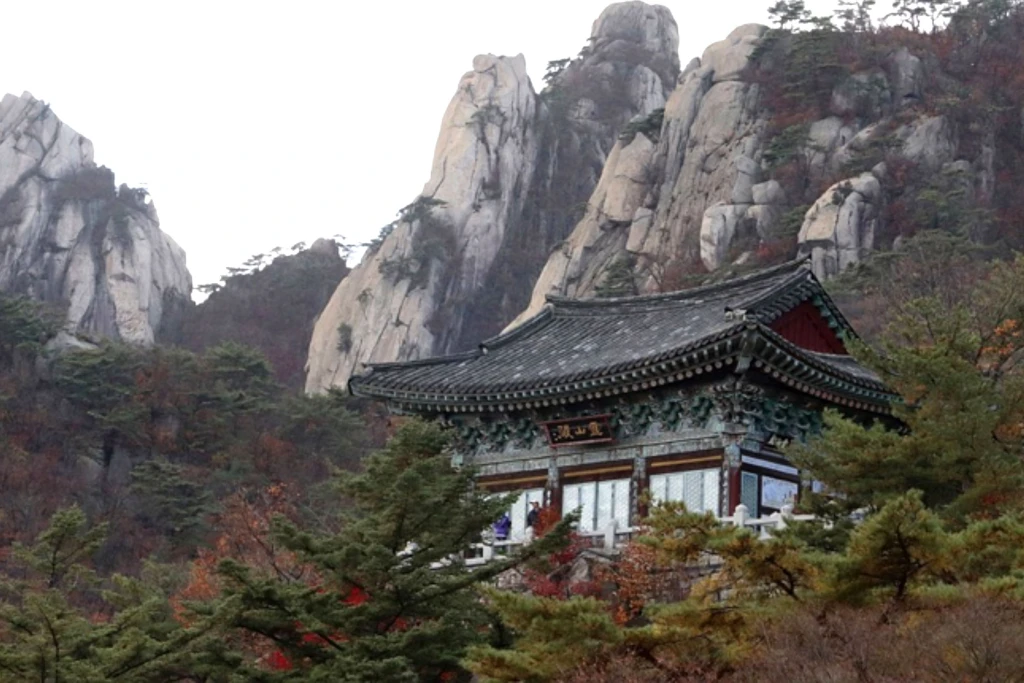
Ancient Chinese buildings did not have load-bearing walls, but relied on vertical pillars instead. Those who lived during the Spring and Autumn period (770-476 B.C.) developed a unique support system to connect their roofs to the beams. This bracketing system was called dougong, which translates literally to “cap and block.”
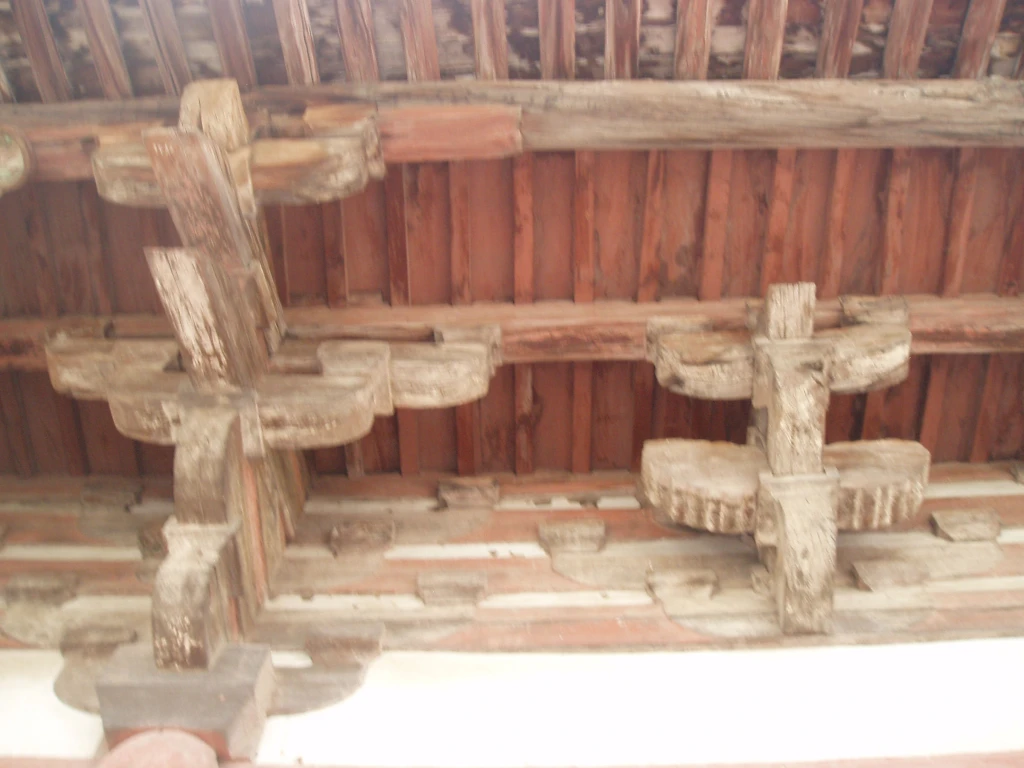
These were wood brackets that locked together so intricately that they did not need glue or nails to work. The lattice-like structure would support the roof tiles, roof beams and frame, and would transfer their weight to the structure’s vertical pillars. At the corners of the roof, dougong would be visible and, on some important buildings, they were painted.
Ancient Chinese Temple Roofs: The Development of Curve
The ancient Chinese would also begin to curve the relatively straight profile of their temple roofs, until the 6th century A.D., when they developed the upward point of the roof’s outer corners.
Why were ancient Chinese roofs curved? Southeastern Asian cultures may have inspired this style. These cultures used bamboo and palm leaves for their roofing, which curved into this shape naturally. The Chinese also found they could use this upswept shape to extend the length of the eaves, which they felt added beauty to the building.
The Nanchan Temple

The oldest preserved wooden structure in China is the Nanchan Temple, which was constructed in 782 A.D.. It features the low, single-story gable roof that was typical of the time. While the roof eaves curve up slightly, they are not quite the sweeping roofs that would become popular later on.
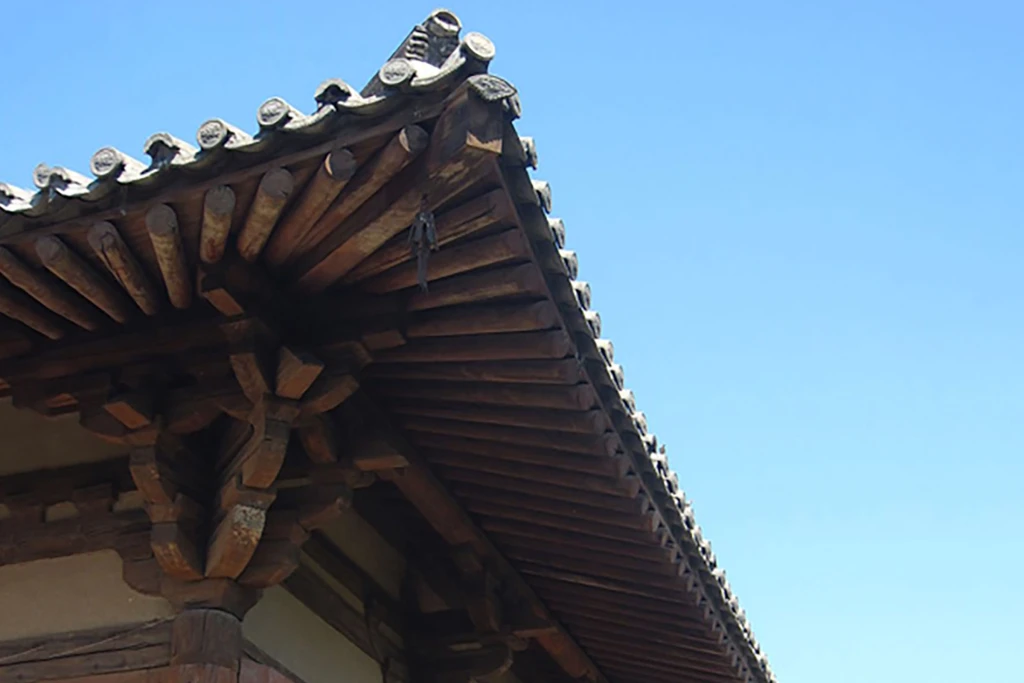
The building is also covered with glazed tile roofing with ornamental end tiles. The dougong are visible beneath the corners of the roof, but were left unpainted. Did you notice the unique, symmetrical ornaments on the ridge of the roof? They are said to represent a sea monster that is believed to protect buildings from fire. Judging by the state of the building, they work.
Ancient Persian Roofing
The ancient Persian Empire arose in the 6th century B.C., in what is now Iran. Just as other ancient cultures did, the Persians began by making their roofs out of thatch from whatever plant materials were available. However, wood and other plant materials were scarce in most of this area. Conversely, heavy soil, which was ideal for making clay and mud bricks, was abundant.
The Persians quickly developed a distinct domed roof type made of fired or unfired mud bricks to make the best use of their natural resources. These were larger than modern bricks and, later, would be glazed and painted. The Persians also gained access to stone bricks in the 1st century B.C. and used them for their most important buildings.
The Development of Domed Roofs
The Persians were influenced by the earlier Mesopotamian cultures and preferred the dome-style roofs they built. Starting in the 2nd century B.C., the Persians created vaulted roofs from fired bricks and mortar made of gypsum or lime.
In order to create the circular shape of their roofs, Persians developed a unique ancient roofing method using squinches. The oldest example of a squinch is in the palace of Aradashir, a Sassanid king. The building was constructed in 224 B.C. in what is now Iran. It has two distinct domes, both supported by squinches.
Here’s what the palace would have looked like after construction and how it looks in the modern day.
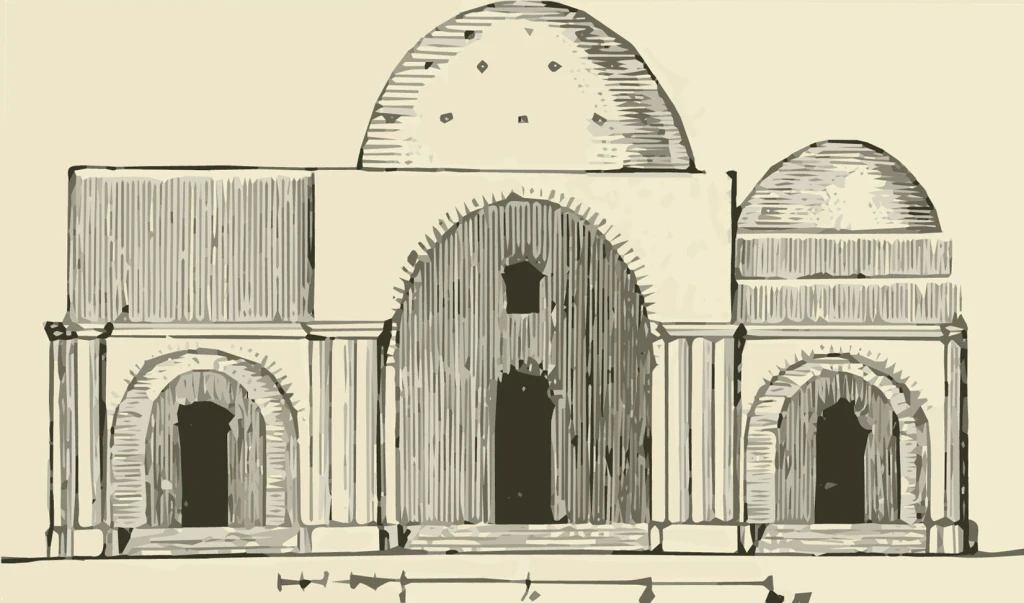
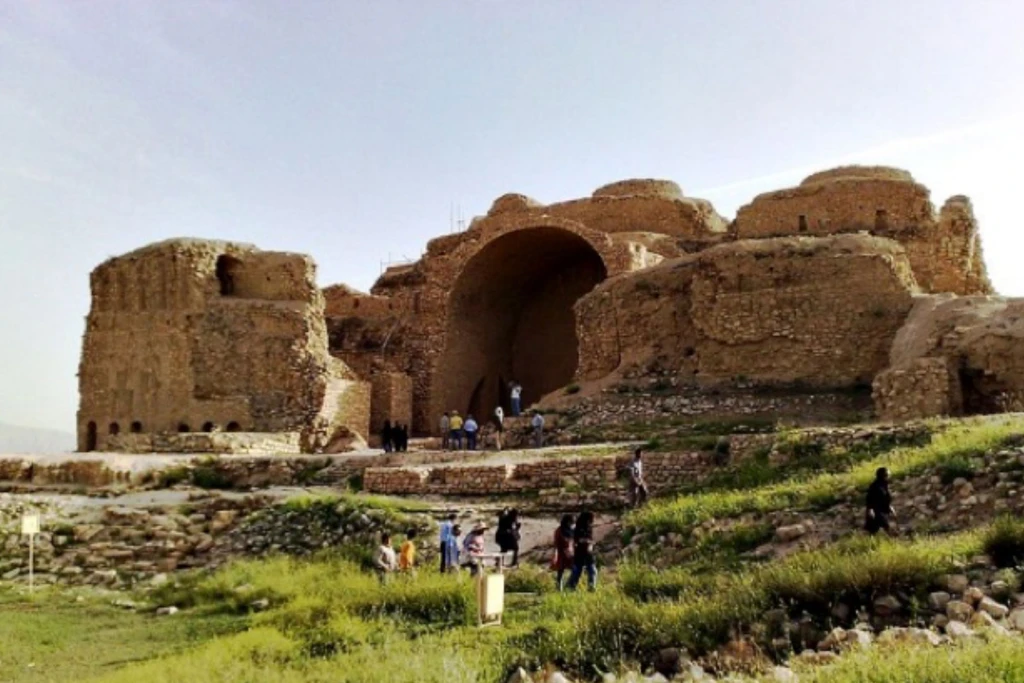
The squinch works by bridging the gap between square walls and a circular roof in a structurally sound manner. While small buildings do not need squinches to have domed roofs, they are necessary to create larger, stable buildings.
To make a squinch, builders would create an arch above each corner of the building. The top of this arch would be a few feet in from the corner and would line up with the start of the domed roof. To visualize a squinch, imagine an ice cream cone cut in half vertically. The point of the halved cone would line up with the walls at the corner of the building. The circular end of the cone would support the domed roof.
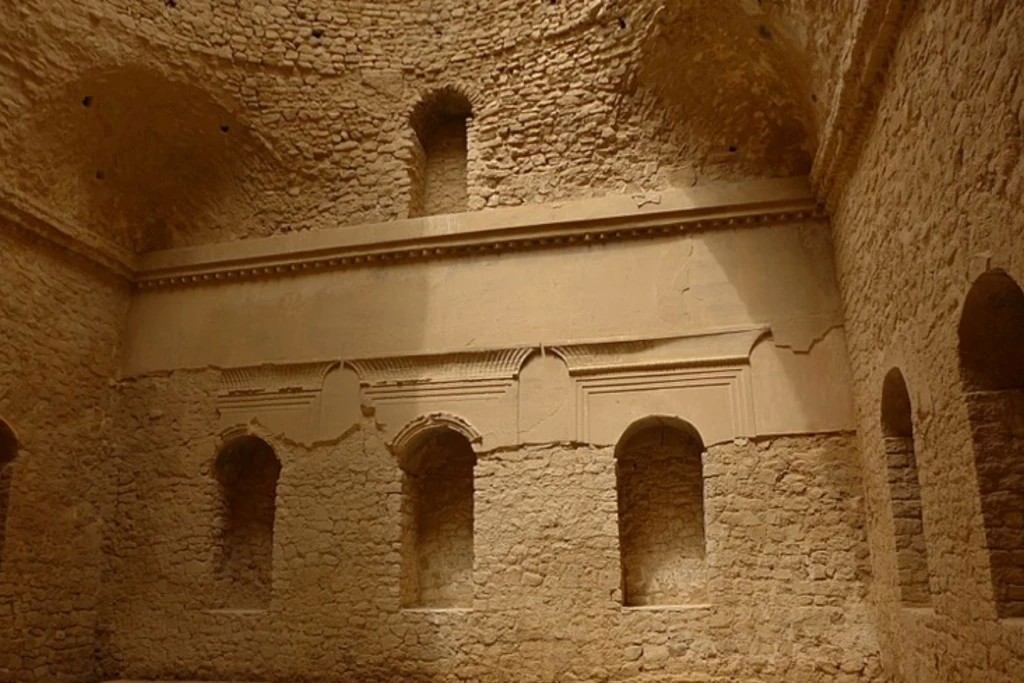
After the arrival of Islam, these roofs would become more elaborate, with wider and shorter domes and a honeycomb support structure.
The Samanid Mausoleum
Though built after the ancient period, the Samanid Mausoleum in Uzbekistan is an excellent example of how Islamic architecture continued the forms developed in ancient Persia. Construction for the mausoleum began in the 10th century A.D.
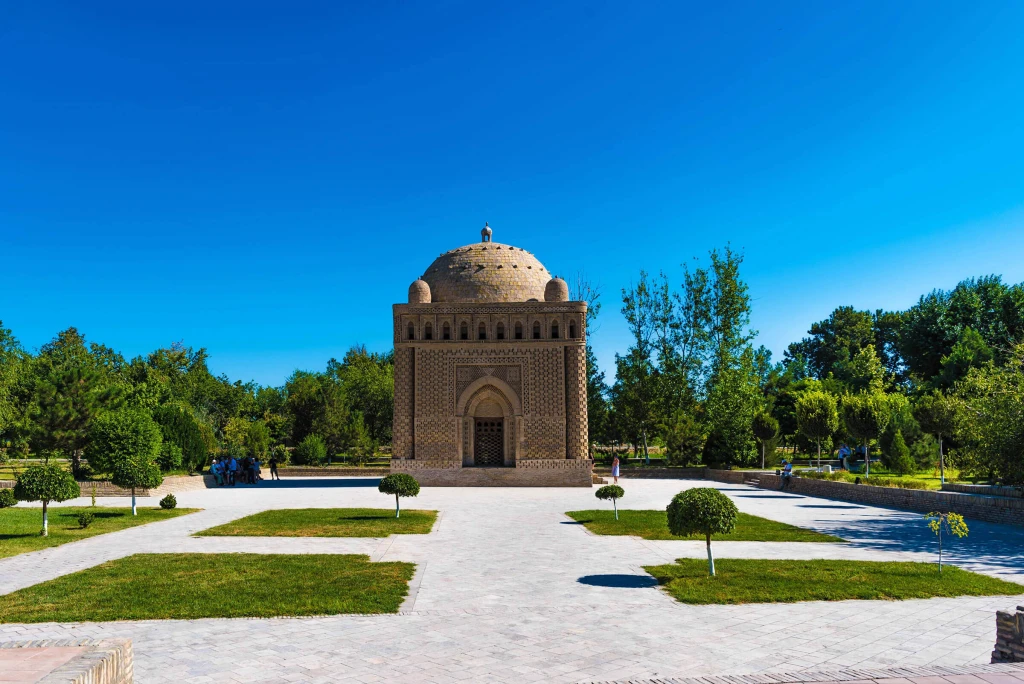
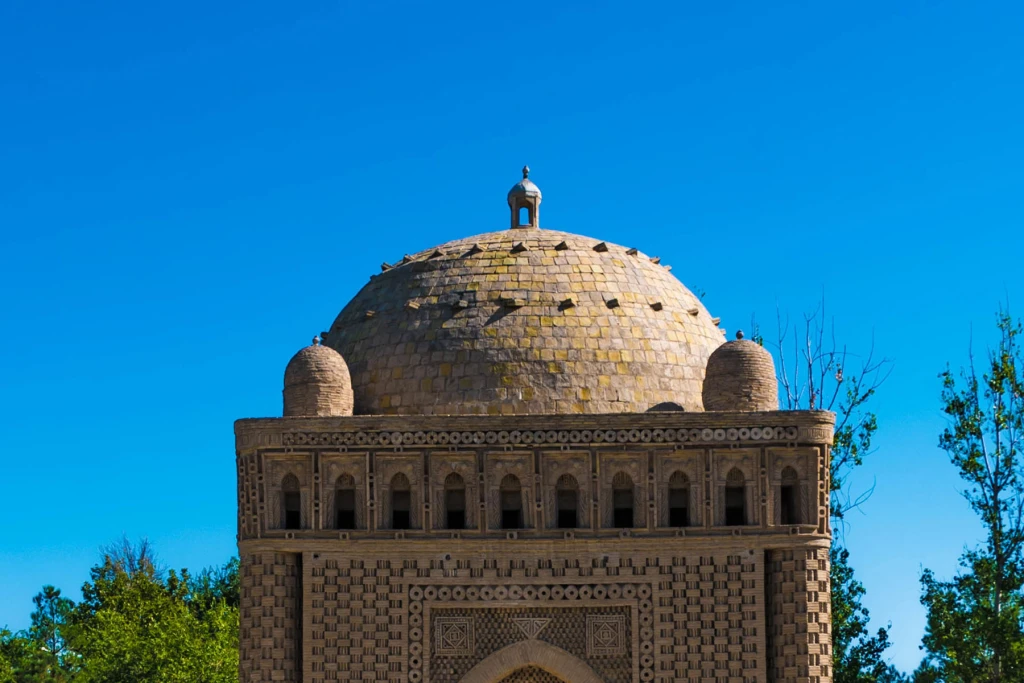
The structure is similar to the domed structures made in the Sassanian period, especially in their use of squinches to support the dome. The roof itself is made of elaborate fired brick. Four decorative mini-domes flank the larger dome. To allow light into the building, the roof has several open arches built into the dome.
Roofing in Ancient Egypt
As in Persia, the ancient Egyptians had little access to wood. Instead, they made their first homes in the wattle and daub style. The walls of these homes were made of woven papyrus reeds and twigs. They were then covered with clay and topped with reed roofs.
The Egyptians needed to solve two main problems with these earliest homes: They crumbled too easily during flooding from the Nile and offered little shelter from the intense heat. Therefore, they used their roof in a surprising way to overcome these challenges.
Homes With Flat Roofs
Egyptians developed sun-dried mud bricks that could resist the flooding from the Nile and rain for much longer than undried mud bricks. These new dried bricks also proved useful for constructing flat roofs, which virtually all Egyptian homes had. In order to bear the weight of people, the roof was supported by palm trunks.
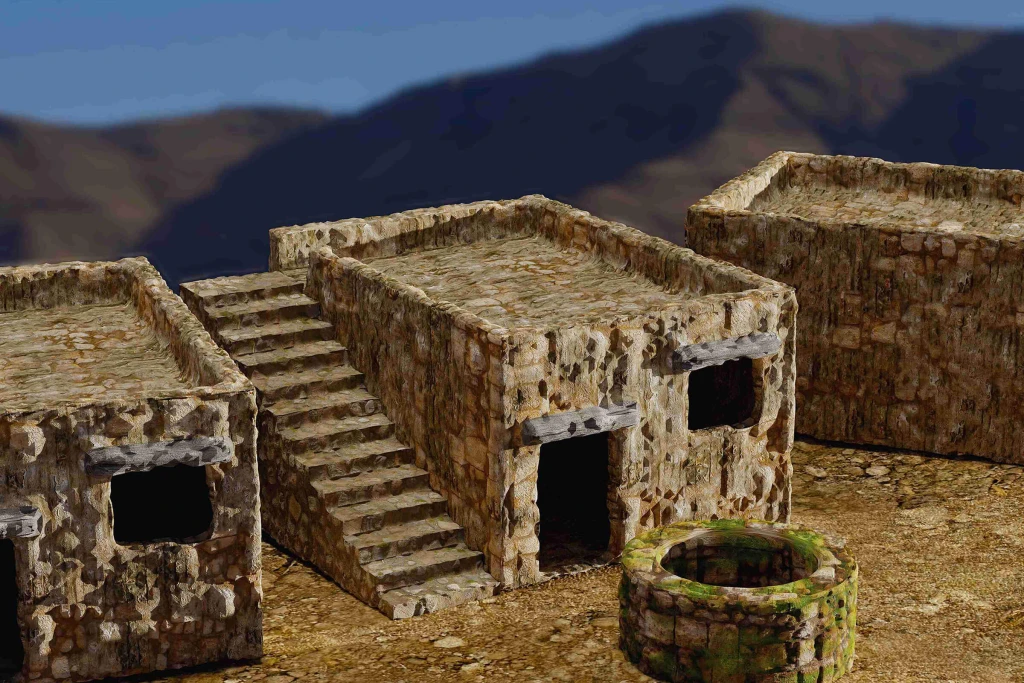
What was the Roof Terrace Used for in Ancient Egypt?
The roof wasn’t just a convenient covering for the home. Instead, it was often used as a secondary living area and the primary sleeping area. These early homes couldn’t ventilate heat easily and would even retain uncomfortable amounts of heat during the night. Rooftops were cooler, especially at night or when equipped with reed canopies for shade, so people naturally preferred to spend time on them. Rooms in the home were used for storage, cooking or other activities.
Egyptian Temples
While you may think of pyramids as ancient Egypt’s most famous buildings, the civilization also made impressive temples. These places of worship were massive and imposing, with flat roofs. Once Egypt gained access to stone as a building material, they used it almost exclusively for these religious buildings, while homes were still made of mud bricks.
The Egyptians also used stone (typically sandstone and limestone) for their flat temple roofs. They needed to create a stable system capable of supporting the massive weight of a roof made of such heavy materials. Later, these roofs would also need to support people or the weight of additional buildings. At the very end of the ancient period, builders would place chapels on the roofs of temples, where rituals could be held. Many Egyptian religious ceremonies involved heading onto the rooftop to greet the sun.
So, the Egyptians created hypostyle halls for their temples. Hypostyle means a roof supported by rows of columns. A framework of stone beams, called architraves, laid across the columns and stone roof tiles, and were placed on top. This system was such solid construction that many of the roofs stand today.
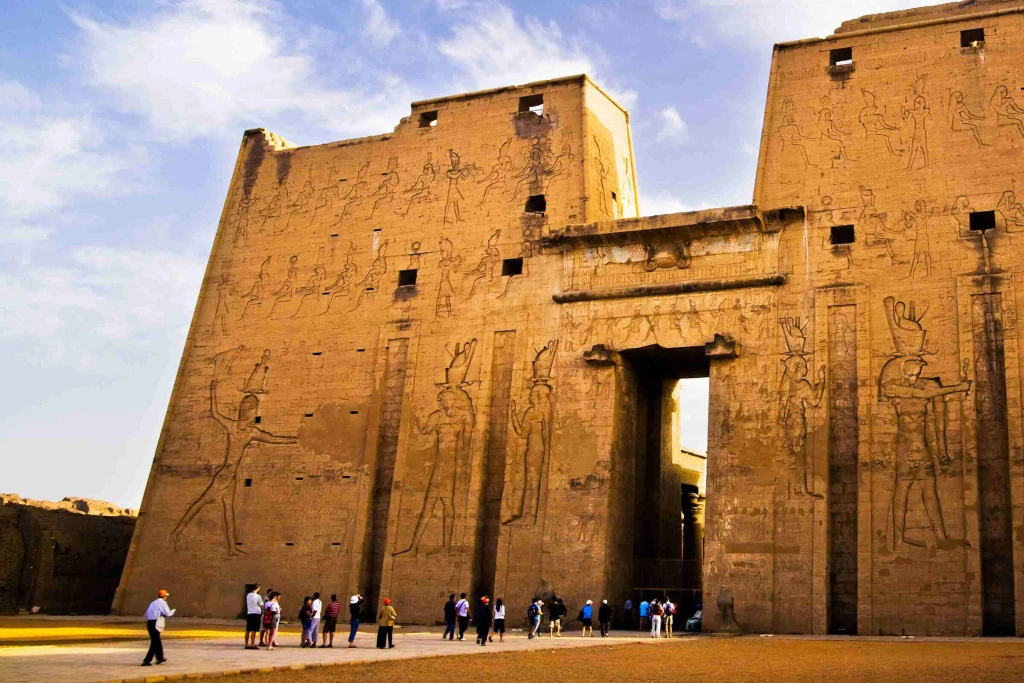
Temple of Horus at Edfu
The Temple of Horus at Edfu is one of the best-preserved temples from ancient Egypt. Construction began in 237 B.C., but as the temple was buried by sand through much of history, it survived relatively unscathed by the elements. The temple has a completely flat, multileveled roof that helps create its imposing façade. One hypostyle hall can be seen from the outside.
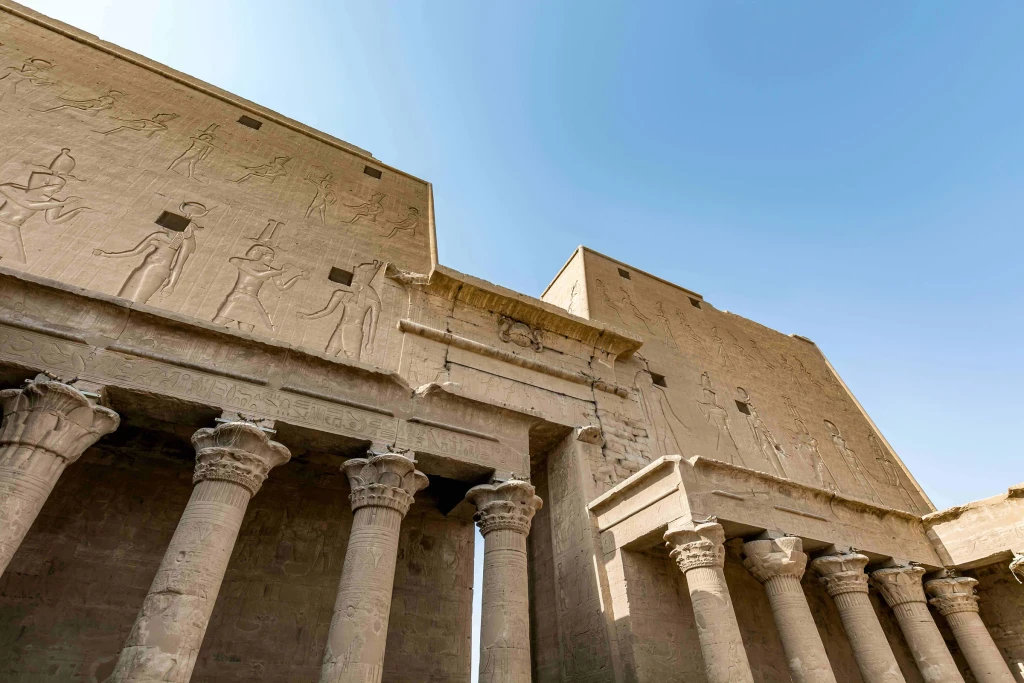
A religious ceremony in honor of Horus, the Egyptian god, was held here. It was called The Festival of the Living Falcon. During this ceremony, a statue of Horus and a pet falcon were brought to the lower roof face, the one that joins the two pylons of the building. After they looked out over the crowd, religious leaders brought both the statue and the falcon back to their homes, and the Egyptian people could begin the celebration.
The Importance of Ancient Roofing
It may seem surprising that the roofing technologies, materials and styles of ancient cultures can tell us so much about ancient people. However, adequate roofing is a universal challenge that all human cultures needed to overcome from their earliest days. Thus, it makes for a rich opportunity to compare these ancient cultures and discover what mattered most to them and what they thought was beautiful. If you’d like to see examples of more ancient roofs and learn about other cultures’ more recent roofing methods and materials, be sure to read our article on unique and interesting roofs from around the world.
You might also be interested in learning about how far roofing technology has come. Modern shingle roofs are quite different from ancient cultures’ roofs. Learn more by reading our article on the latest roofing trends.

